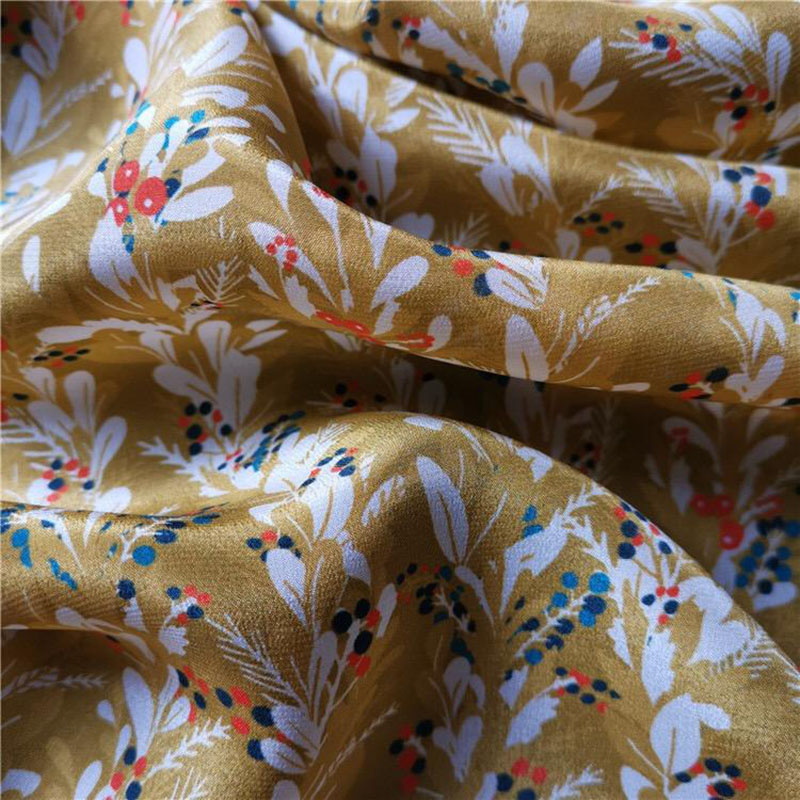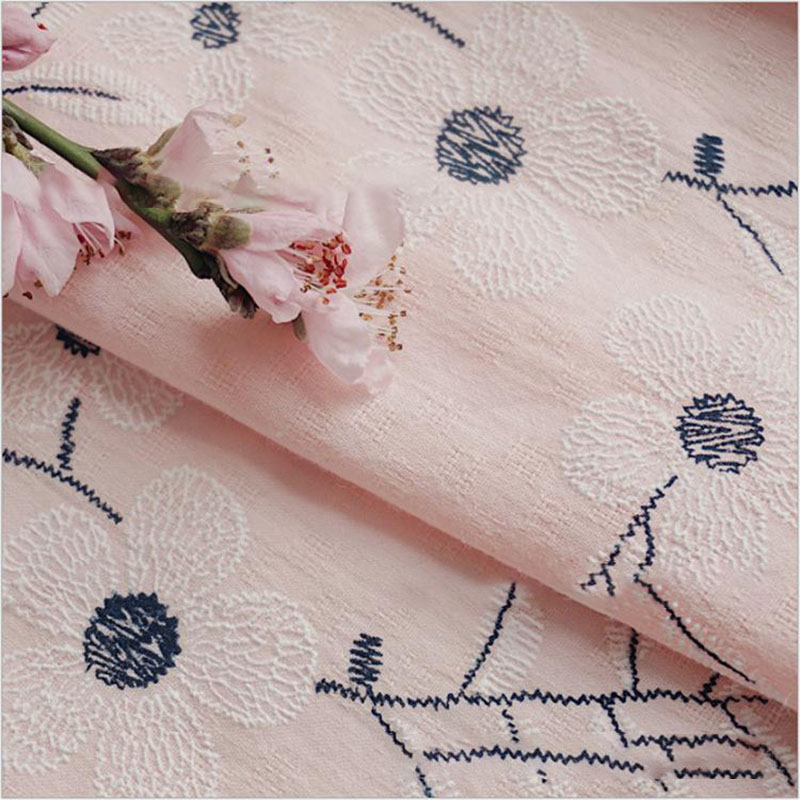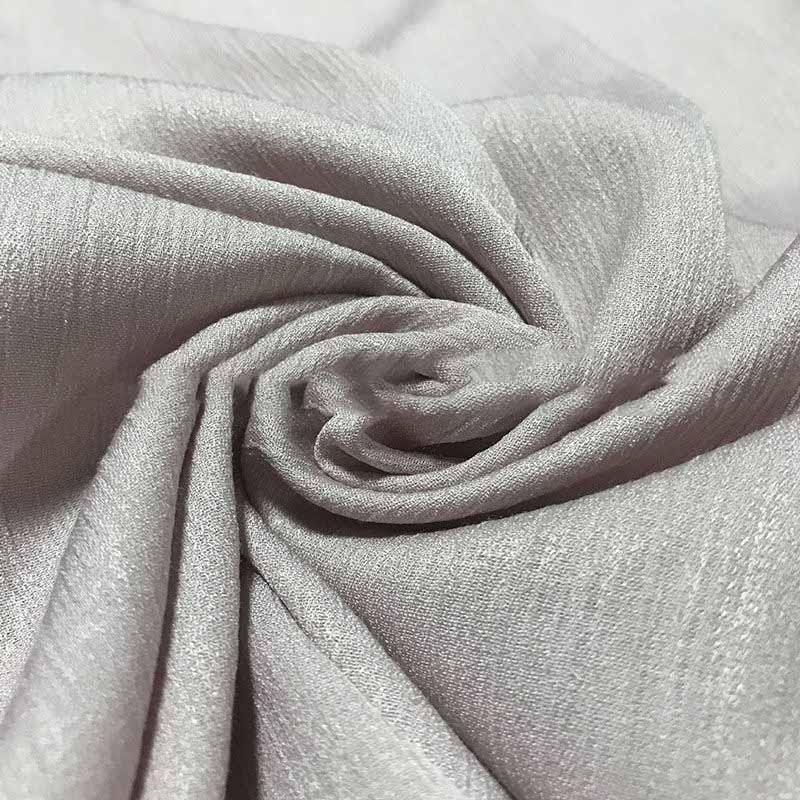
In the modern textile industry, highly breathable fabrics are highly favored due to their excellent performance. As the market demand for functional fabrics continues to increase, it is particularly important to understand their production process. This article will systematically analyze the manufacturing process of highly breathable fabrics from different stages of the production process.
The first step in making highly breathable fabrics is to select the right raw materials. Usually, synthetic fibers such as polyester and nylon are preferred because of their superior breathability and durability. This step has a direct impact on the functionality of the finished product.
Spinning and weaving are crucial steps in the production process. The breathability of fabrics can be improved by choosing different textile structures, such as using plain weave versus twill weave. By adjusting the density of the yarn and the weaving method, we can achieve better breathability.
Post-treatment processes include waterproofing, anti-fouling, anti-bacterial and other treatments. These processes can not only ensure the durability of the fabric, but also improve its adaptability in special environments. Through post-treatment, we can further improve the breathability of the fabric.
The wide application of highly breathable fabrics in sportswear, outdoor equipment and medical fields has proved its market value. Such fabrics can effectively regulate body temperature, maintain comfort and improve the wearing experience.

Sample display of highly breathable fabrics
In short, the production process of highly breathable fabrics is related to the final quality of the product. Mastering advanced textile technology can enhance our market competitiveness and promote sustainable growth of our business.

Highly breathable fabric production process

Textile Technology Demonstration

The practicality of fabrics

Application examples of highly breathable fabrics
